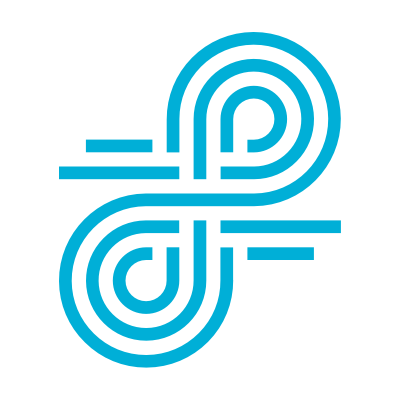Edtech App Report 2022 trends
The role of Information Technology (IT) leaders is more complex than ever before, especially when it comes to safety online, cybersecurity, student data privacy, and compliance with data privacy laws. One of the many challenges for K-12 IT leaders is the lack of visibility into the full breadth of edtech applications in use. This can leave a school district vulnerable to security and compliance risks.
The extent of these vulnerabilities is demonstrated by the Edtech App Report 2022 trends, which brings to light the sheer volume of app usage (engagements) by students, the significant number of privacy policy changes across apps, and the IT leaders’ responsibility of managing it all.
Read on to see highlights from the 2022 Edtech App Report and learn national trends that are likely impacting your district’s IT leaders and could be leaving your district vulnerable.
Highlights from the 2022 Edtech App Report
The 2022 Edtech App Report, which you can download for free, is based on data from the 2021-2022 school year. The report’s data came from Lightspeed Analytics™- CatchOn Edition, an award-winning data analytics solution designed for K-12 school districts.
How many apps do K-12 districts use?
The modern classroom is more than a physical room—it’s also a digital space for learning. Apps are therefore essential for an optimal K-12 learning experience.
The 2022 Edtech App Report found that 300 apps account for the vast majority (99%) of student usage in a district. Due to their popularity, these are usually well-known by district IT leaders. However, further analysis revealed that districts actually have more than 2,000 apps in use across their student population, leaving a remainder of 1,700 apps used infrequently (1% of usage).

District IT leaders are responsible for safeguarding students’ personally identifiable information (PII) on all apps in the district, including the 1,700 infrequently used apps. However, as Jena Draper, CatchOn Founder and the Sr. Product Marketing Manager of Lightspeed Analytics at Lightspeed Systems, pointed out, “IT leaders cannot manage what they cannot see.”
This highlights a true challenge for K-12 IT leaders.

How often do K-12 apps change their privacy policies?
Whether an app is used daily or once per school year, IT leaders need visibility into the app’s privacy policy to effectively mitigate risks and to comply with federal and state student data privacy laws. This task is easier said than done without the right tools because apps are constantly changing their privacy policies—and often in ways that jeopardize student data.
The 2022 Edtech App Report found that nearly all (91%) of the applications students used changed their privacy policy at least once in the past school year. These changes can vary from significant data sharing practices—from “will not sell” to “may sell” data—to small grammatical or address corrections. But even more alarming is the median number of times a privacy policy changed was three times in one school year.
This raises the question: how many app policy changes should district IT leaders expect to occur this academic year? Stefan Engström, PhD, Principal Data Science Engineer at Lightspeed Systems said, “For the 99% of digital use that is accounted for by 300 apps, a district could expect approximately 2,000 privacy policy changes per year. However, as noted earlier, a district, and specifically its IT leaders, are still responsible for the PII associated with all apps, even those used infrequently. Consider 9,000 an estimated number of privacy policy changes per year.”
K-12 app analytics software can help
The sheer volume of app usage by students coupled with how often apps change their policies shows that protecting student data privacy is not only one of the most critical responsibilities for K-12 IT teams but also one of the most difficult to maintain. That’s where edtech software can help.
Tools like Lightspeed Analytics– CatchOn Edition have features that show exactly what app policies changed. This saves IT leaders time and removes the guesswork so they can evaluate app policy changes relative to their state and district policies. Leveraging this kind of software is like having a 2022 Edtech App Report custom-made for your district whenever you want it.
Download the full 2022 Edtech App Report now for free to see emerging trends impacting app usage in K-12 and learn what it may mean for your district.

